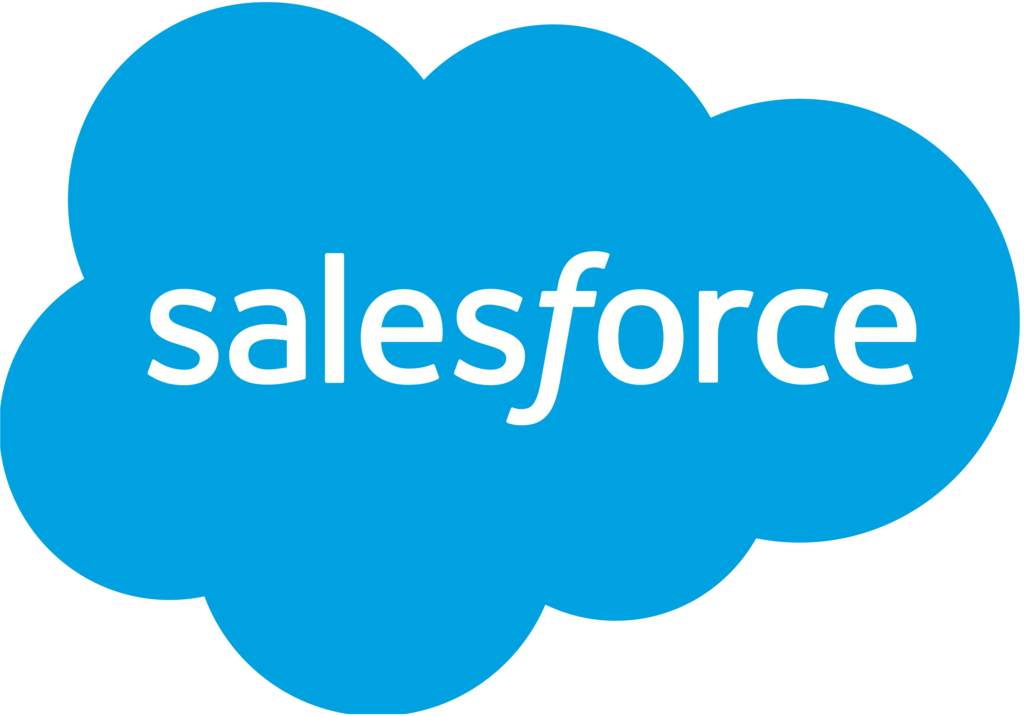Successful Salesforce implementation requires strategic planning, commitment from multiple departments and executives, and a bit (heavy dose?) of persistence. The strategic planning phase is where success starts, and this article will discuss five things to do before you implement Salesforce that will set you up for a smoother implementation.
1. Establish Roles and Responsibilities
A team of people who don’t know their roles achieves roughly the same success as running a marathon in flip flops (or sandals). You may get to the finish line, but it will be slow and painful. It is vital to know the available types of roles in Salesforce and allot them to suitable people
For your Salesforce implementation to victoriously cross the finish line, people need to know what role they’re playing, what they’re responsible for, and when they’re supposed to get involved. For a company based in Texas, at a minimum, the internal implementation team should include the below Salesforce job roles.
- An executive sponsor
- A project manager
- A system administrator
- Department or Team SMEs
2. Align and Remember Your Goals
Maybe you need to manage your leads better, or get your data cleaned up and organized, or you want to automate more tasks, or you have a combination of all these goals or more. Whatever they are, your company’s Salesforce goals are likely varied across departments and stakeholders. You need to know what everyone’s hopes and dreams are for a successful Salesforce implementation.
This will help you set the proper expectations and develop an achievable implementation roadmap that everyone can get behind.
It can also be helpful to document all the goals as part of your roadmap. This will smooth out the decision-making process throughout implementation. When you hit a crossroads — refer to the Salesforce goal planner document that everyone signed off on. Which way best achieves what you’re after? Let the document be the bad guy — it makes things easier.
3. Buy Only the Tools You Need
When everyone aligns on objectives at the outset of the project, one benefit is you have the clarity to say no to things you don’t need. Salesforce CRM has more tools than many companies require, and it can be easy to overpay for services.
Carefully consider the needs and goals of each stakeholder, consult them on what’s necessary to achieve what they want, and then buy only the tools you need.
4. Get the Data Right Before You Implement Salesforce
Salesforce’s data, analytics, and reporting capabilities are so extensive they almost feel immeasurable (pun intended). The depth of possibility triggers different reactions for different personalities — some of your users may get excited, some may cower in fear, while the more contrarian may scoff (who needs data? I know how to sell…).
Without strategies in place to import existing data, enter new data in Salesforce, and know what metrics are worth reporting on, things can quickly get out of hand.
Start small — what are some basic things your end-users and stakeholders need to know? Then, put a plan in place to capture the data and report on it. For example, before analyzing all the possible advanced metrics on your sales cycle, start with the basics required to build a clean and accurate pipeline. Once your sales team gets used to entering that data and seeing it visualized, they’ll probably be more willing to put in extra effort to gain more insight. Even the staunchest skeptics can’t help but acknowledge the benefits of a clean pipeline visualization.
Whenever you begin designing your data model in the implementation process, you’ll be much better prepared if you’ve established the basics of what you need and received approval from stakeholders.
5. Partner with a Salesforce Consultant from Your Area- Austin,TX
Yes, Ventas is a Salesforce consultant, but hear us out — if this your first, or even second or third, Salesforce or other CRM implementation, imagine how beneficial it would be to partner with someone who’s guided hundreds of successful implementations and knows the employee culture and business environment in your area. The right partner will ensure you maximize ROI, avoid costly mistakes and pitfalls that others commonly experience and reduce implementation cost.
Ventas’ Approach to Salesforce Implementation
When Ventas offers Salesforce Implementation services for companies in Austin TX, we follow a detailed and comprehensive step by step approach.
- Business Process Review
- Solution Design
- Configuration and Development
- Data Clean Up and Migration
- User Training (In-Person or Virtual)
- Knowledge Transfer and Recap
Contact us to learn more about our Salesforce implementation services. We serve businesses in Dallas, Austin, Houston, and San Antonio, Texas. We are here to help your business implement Salesforce quickly and enhance employee productivity.



